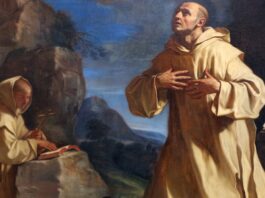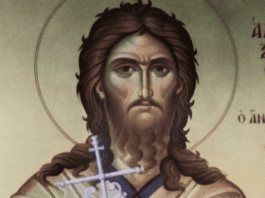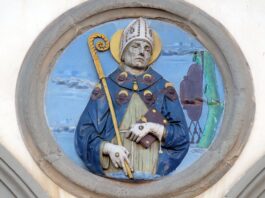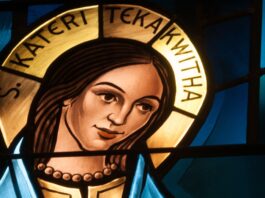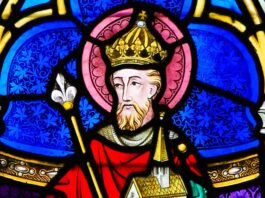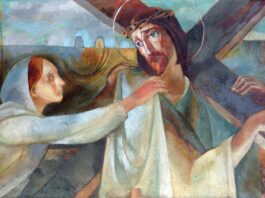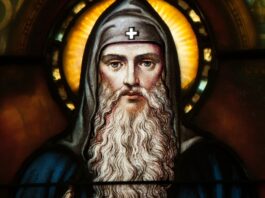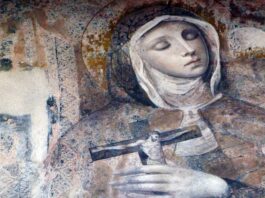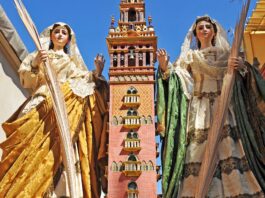
Justa (born 268 AD) and Rufina (born 270 AD), two devout Christian women from Seville, Spain, lived by selling earthenware.
Unwilling to participate in or support idolatrous practices, they declined to sell their wares for use in pagan ceremonies. When their refusal incited worshippers to break their stock, Justa and Rufina retaliated by toppling an idol of a false goddess. The enraged townspeople reported them to the governor for their unwavering commitment to their faith.
Brought before the prefect, they boldly confessed their allegiance to Christ. In response, he ordered their bodies to be stretched on the rack and their sides to be lacerated with hooks. A pagan idol was placed near the rack alongside incense, a subtle suggestion that offering a sacrifice could lead to their release. But their faith remained unshaken.
In the course of this brutal torture, Justa met her untimely death. Upon seeing this, the judge commanded that Rufina be strangled. Following their executions in 287 AD, their bodies were consigned to the flames.
Justa and Rufina are held in especially high regard in Spain, their names symbolizing the fortitude of historical martyrs in the face of religious persecution.
Editorial credit: joserpizarro / Shutterstock.com
The post Saints Justa and Rufina appeared first on uCatholic.
Daily Reading
Memorial of Saint Francis de Sales, Bishop and Doctor of the Church
Readings for the Memorial of Saint Francis de Sales, Bishop and Doctor of the Church Reading 1 Hebrews 8:6-13 Brothers and sisters: Now our high priest has obtained so much…
Daily Meditation
A Modern Day Apostle
Click here for daily readings Do you consider yourself to be a disciple of Jesus Christ? Although clearly not one of the Twelve, do you see yourself as an apostle?…






